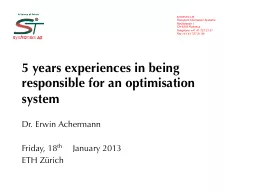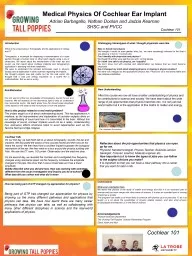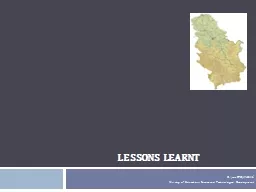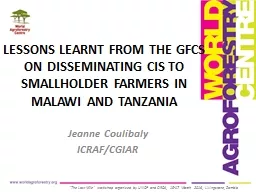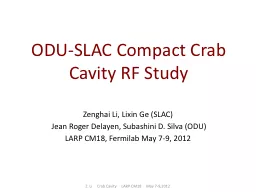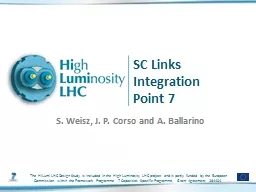PPT-Lessons Learnt from LARP experience
Author : danika-pritchard | Published Date : 2017-05-12
A K Ghosh MQXF Conductor Review November 56 2014 CERN Outline Introduction Production History of 108127 strand Performance of 108127 TaTernary TiTernary Design
Presentation Embed Code
Download Presentation
Download Presentation The PPT/PDF document "Lessons Learnt from LARP experience" is the property of its rightful owner. Permission is granted to download and print the materials on this website for personal, non-commercial use only, and to display it on your personal computer provided you do not modify the materials and that you retain all copyright notices contained in the materials. By downloading content from our website, you accept the terms of this agreement.
Lessons Learnt from LARP experience: Transcript
Download Rules Of Document
"Lessons Learnt from LARP experience"The content belongs to its owner. You may download and print it for personal use, without modification, and keep all copyright notices. By downloading, you agree to these terms.
Related Documents


